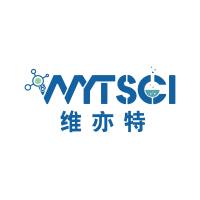High-Field fMRI
互联网
828
Imaging of human brain function is possible only through a few techniques of which magnetic resonance is the safest and most widely used. The soft tissue contrast and high resolution functional maps of the human brain are making a profound contribution to our understanding of the brain function. Resolution and strength of activation signal in fMRI images depends on the static magnetic field. This fact must be fully exploited by availing the highest field fMRI scanners for neurofunctional studies. During the last decade of the last century, field strength of human imaging was raised to 8 T. As a result, today commercial 7-T MRI scanners are available for harnessing the strongest possible signal from the brain neuronal response to external stimulations. Such achievement has involved development of many ancillary technologies and overcoming of many inherent technological and scientific challenges. In this chapter, advantages and challenges of the use of high-field scanners for fMRI studies involving human subjects are discussed. Among challenges, susceptibility artifacts, relaxation rates, and RF coil designs are discussed in details.






